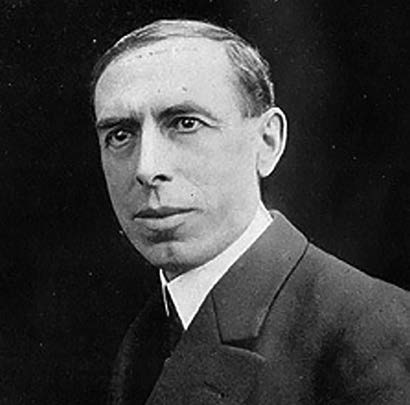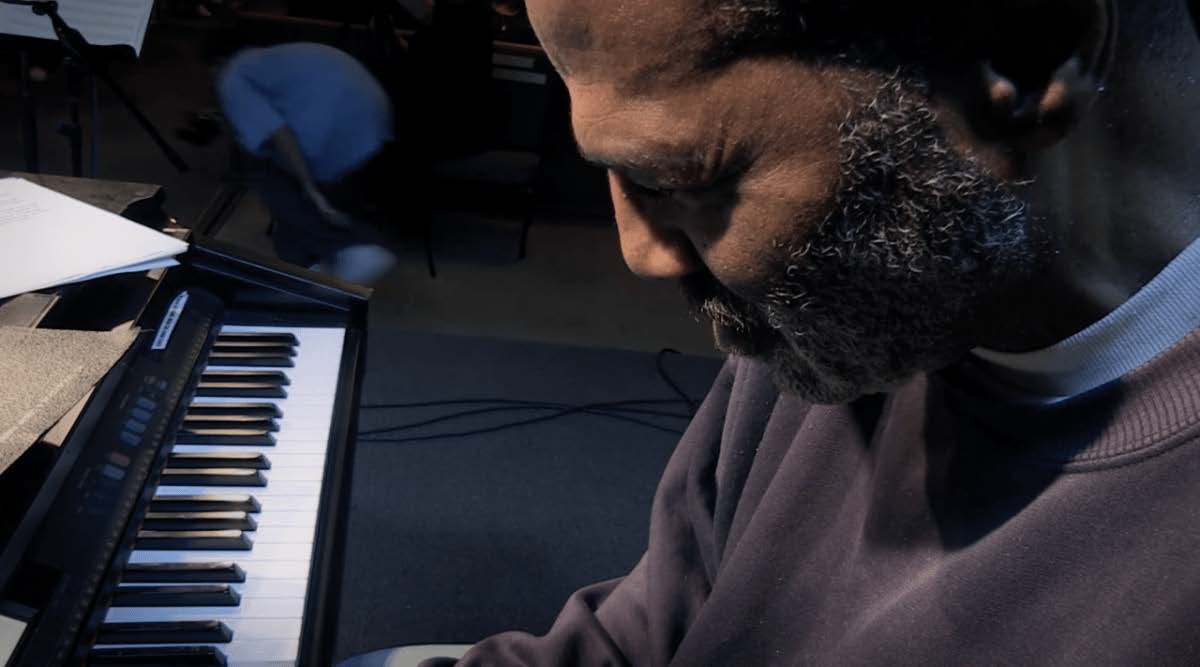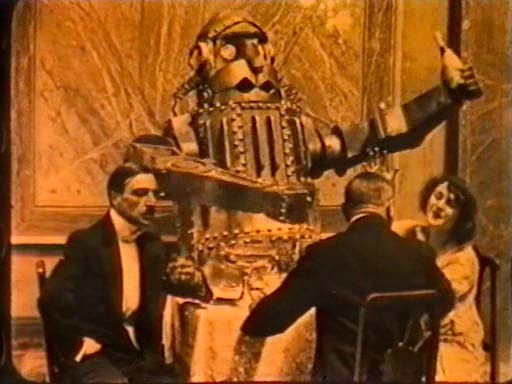La Bambola Vivente
by Luigi Maggi
(Fiction, Italy, 1924, 50’, NB, Fr ST)
with Maria Roasio, Augusto Poggioli, Umberto Scalpellini
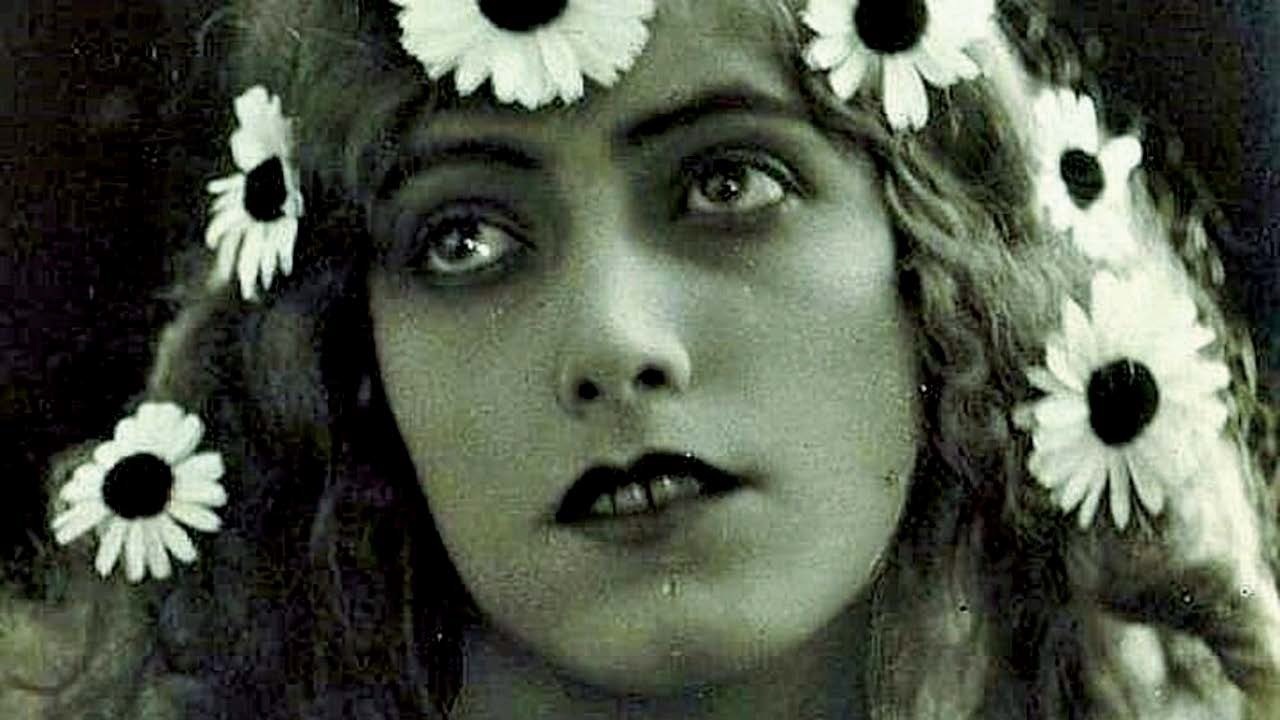
Source of 35 mm copy is a Fondazione Centro Sperimentale di Cinematografia – Cineteca Nazionale (Rome)
A scientist builds a robot using his daughter as a model. When the automaton is stolen by an unscrupulous assistant, the girl pretends to be the “living doll” in order to avoid disappointing her father.
« L’actrice Maria Roasio, lancée par Ambrosio dans les dernières années d’activité de ce glorieux éditeur turinois, a voulu s’essayer à la production avec ce film (dont une copie existe à la Cineteca Nazionale), qui aurait dû inaugurer une série “Maria Roasio”. Mais l’entreprise n’a pas eu de suite. La poupée vivante, dans laquelle l’actrice prend la pose comme Ossi Oswalda dans Die Puppe, ne semble pas avoir beaucoup circulé. » Fondazione Centro Sperimentale di Cinematografia – Cineteca Nazionale (Rome)


